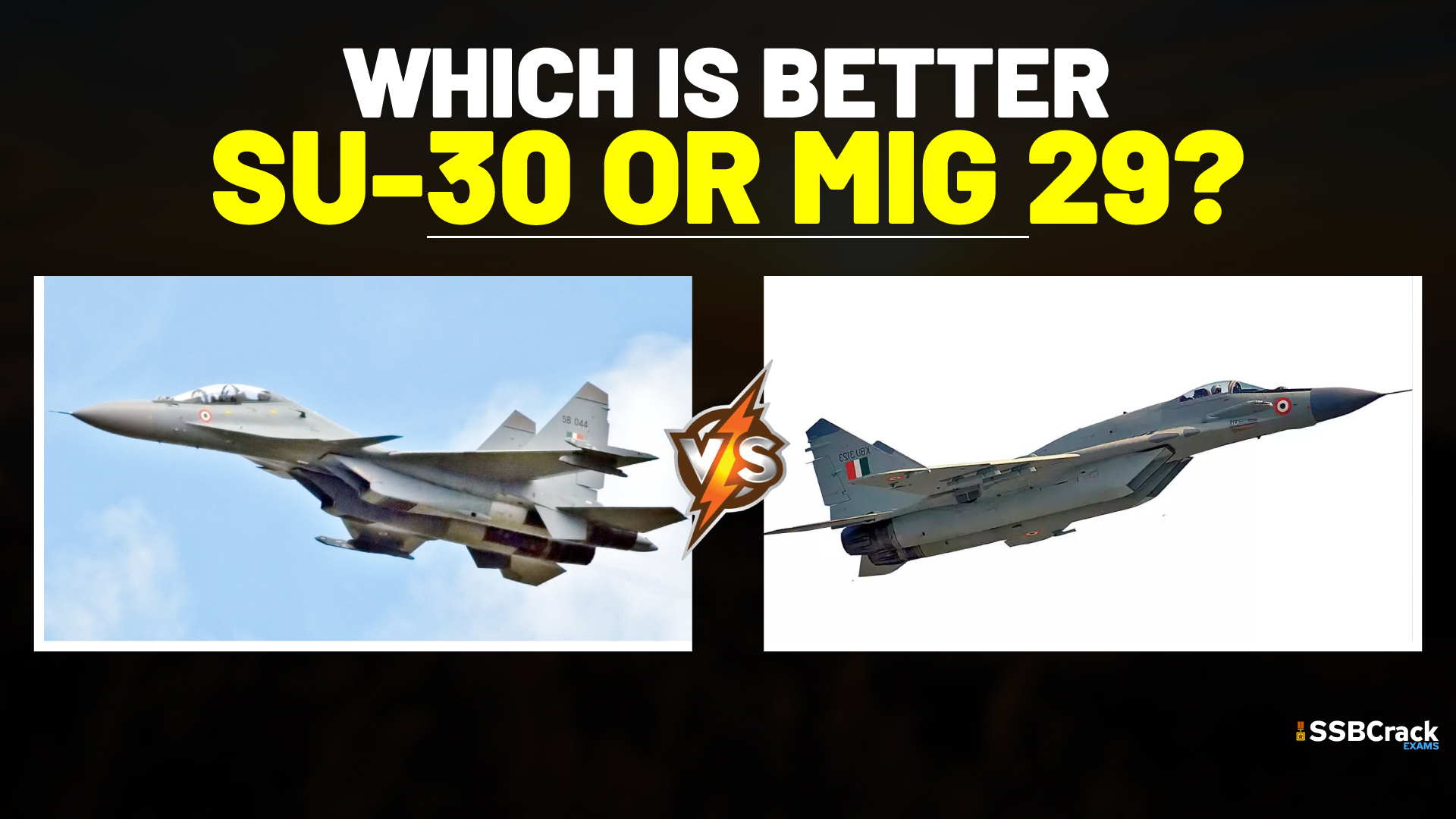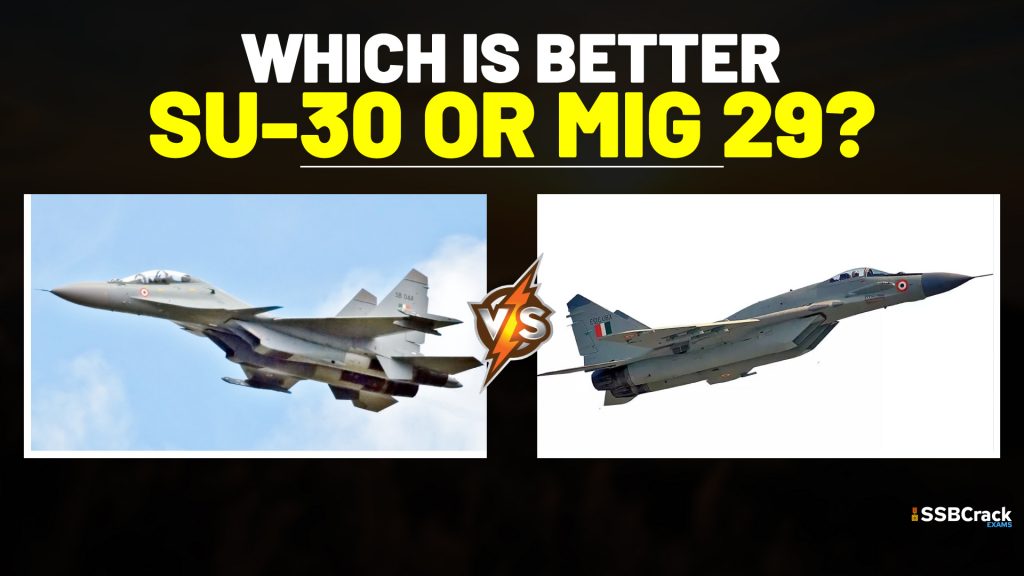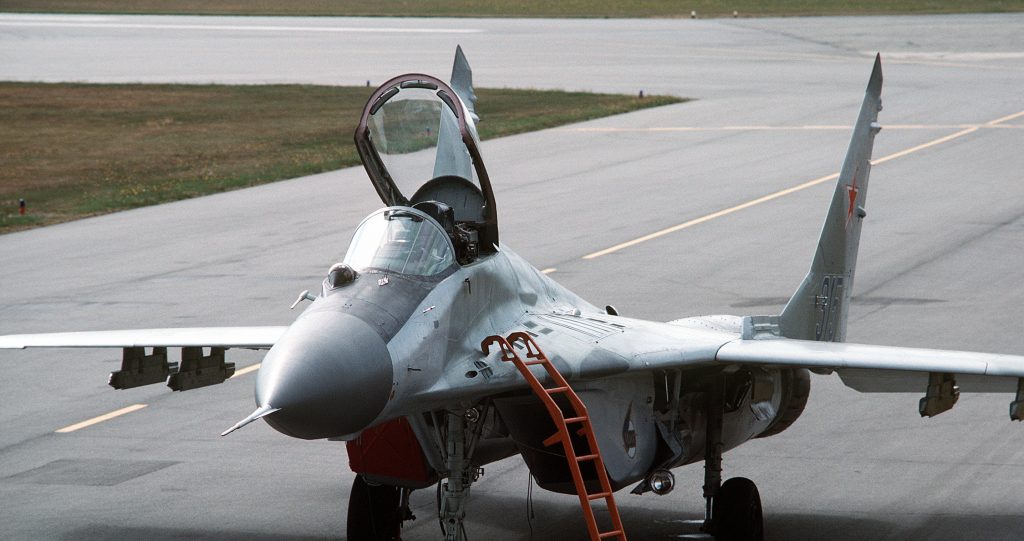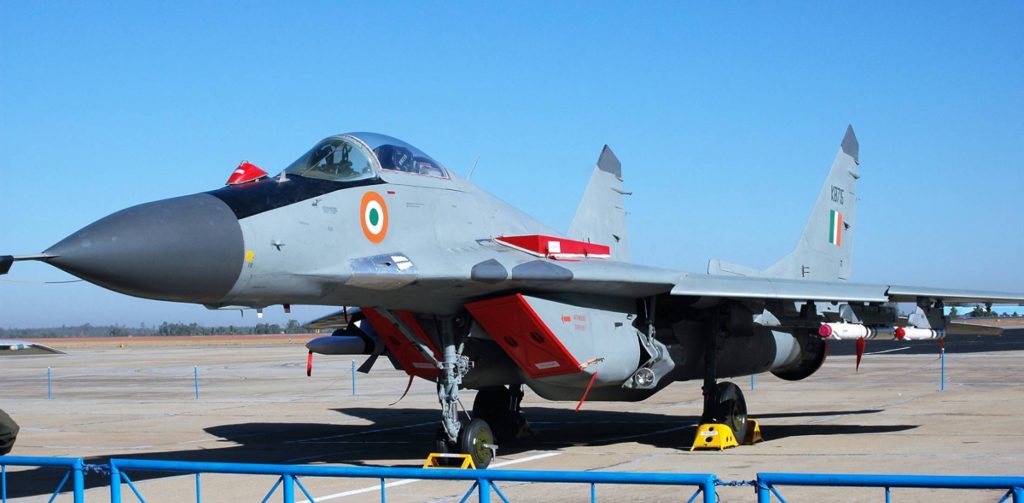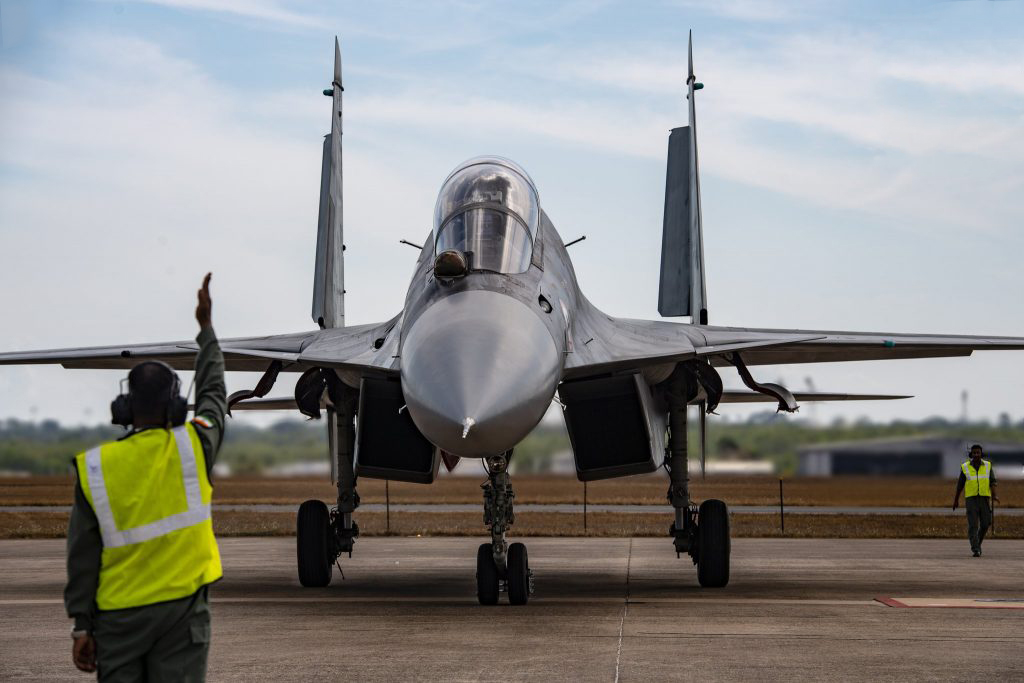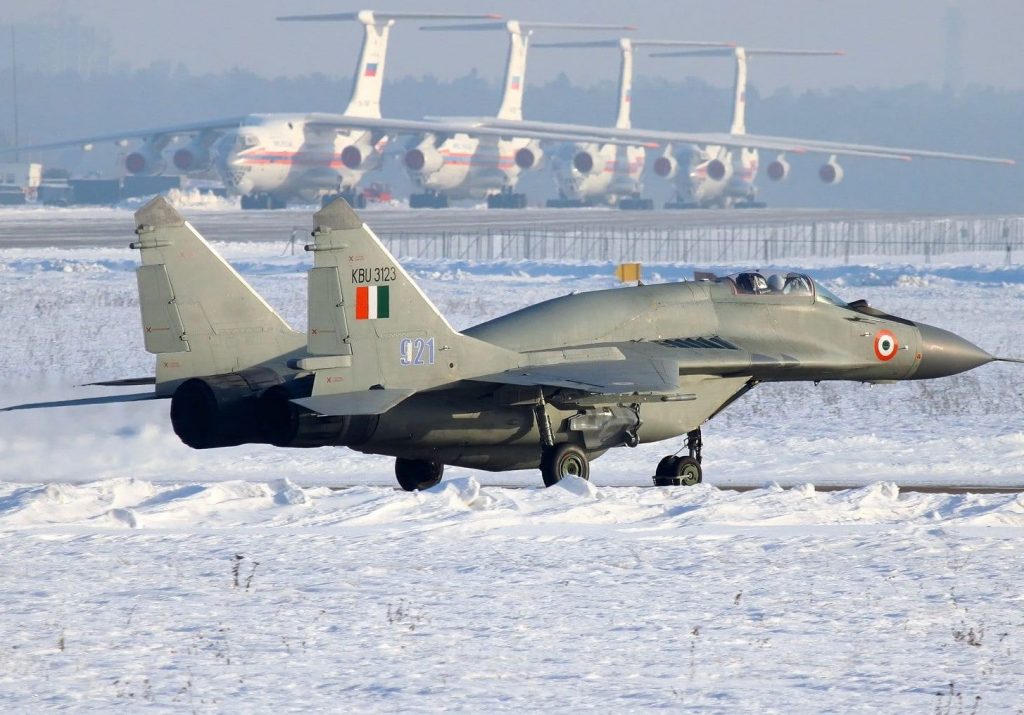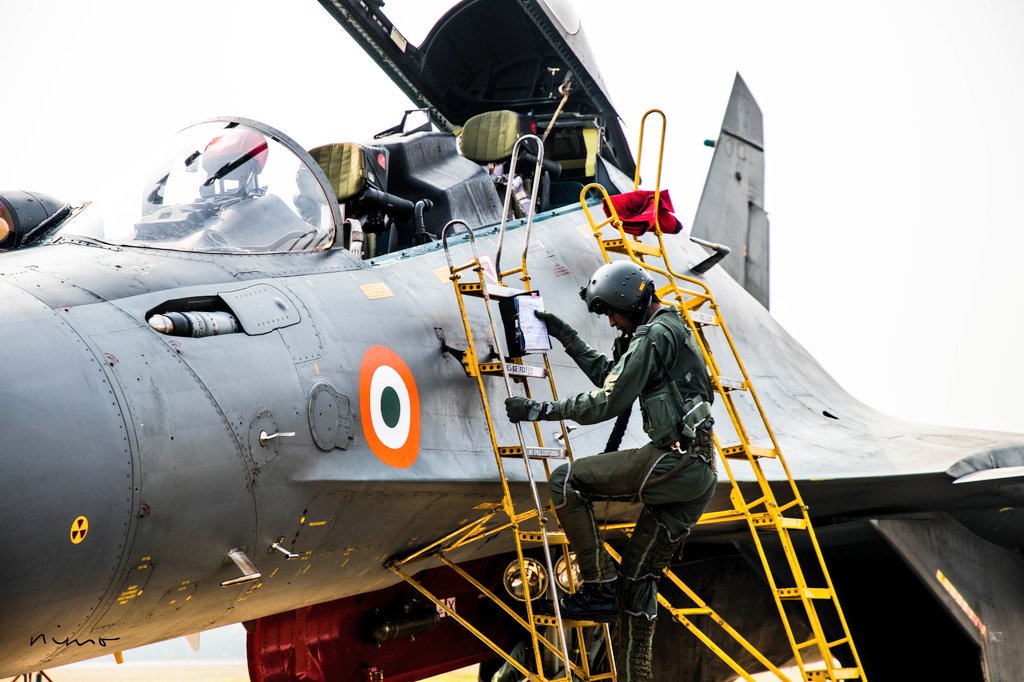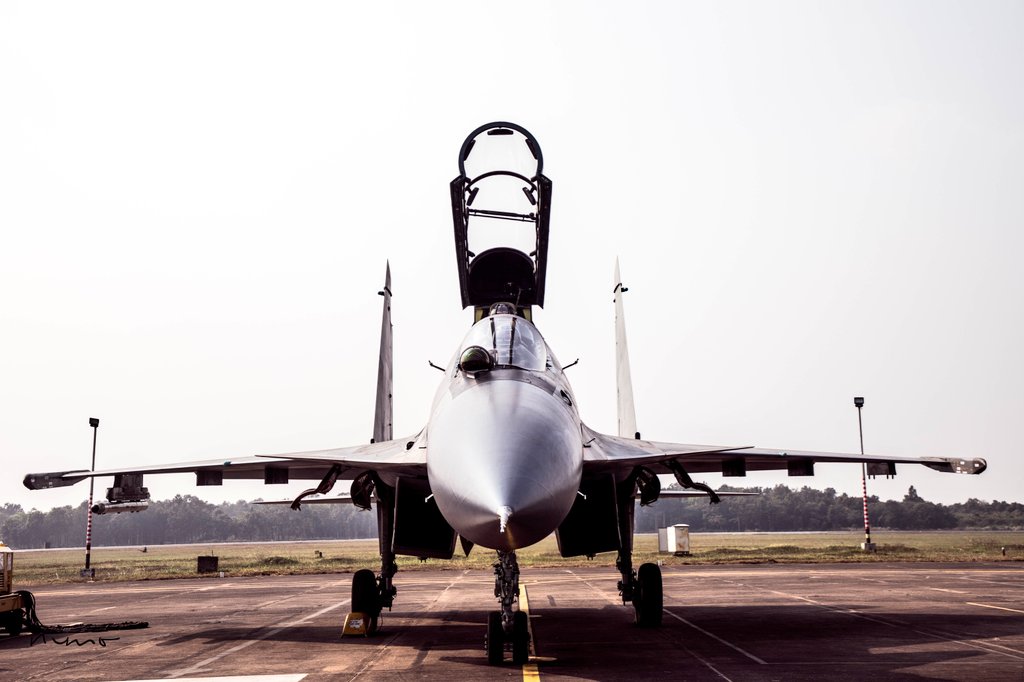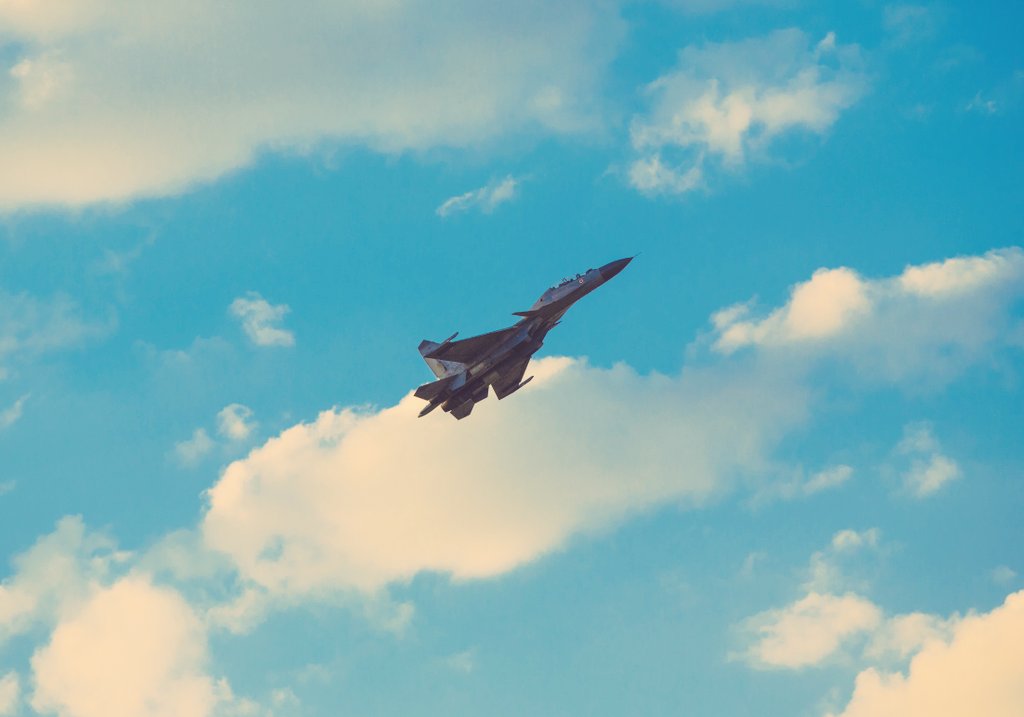Sukhoi-30 MKI or Mikoyan MiG-29: In their fields, each fighter is the best. In contrast to the Mig-29, which is a light short-range fighter, the Su-30 is a hefty long-range fighter. Su-30 MKI is a unique version of Sukhoi which has been created in India. The Russians created the Su-30 and Mig-29 fighters to complement one another and compete with the American F-15 and F-16 heavy-light fighters.
Sukhoi-30 MKI or Mikoyan MiG-29
A heavy fighter with a longer range, the Su-30 MKI is employed for missions requiring deep penetration into hostile territory. It can fight for longer since it can carry more fuel and payload. Being comparatively more recent than the MiG-29, the Sukhoi-30 MKI has more technologically sophisticated equipment.
Also read: Difference Between IAF Rafale VS IAF Sukhoi 30
Sukhoi-30 MKI or Mikoyan MiG-29: Avionics
The MiG-29 features less advanced avionics, a significantly less amount of fuel storage capacity, and fewer weapons to make it a comparatively lighter aircraft which made the MiG-29 the world’s most agile fighter. The Indian MiG-29s have been upgraded to MiG-29UPG variants, which have upgraded RD-33 engines, superior avionics and radar, and larger fuel storage. This makes them the most advanced MiG-29s and one of the most feared fighters in the 4th generation category.
Short-range missions, interceptions, airspace defence, or fighter escorts for other aircraft like air refuelling tankers, cargo planes, ASW, AWACS, and heavy bombers are all possible with MiG-29 aircraft.
Sukhoi-30 MKI or Mikoyan MiG-29: Weight
Neither the Su-30MKI nor the MiG-29UPG can be used in their stead. The Su-30 weighs around 18,500 kg, has one of the largest aperture radars, 9500 kg of fuel, and 8000 kg of ammunition (size does matter, in some matters). On an aerodynamically unstable airframe with fly-by-wire used to implement the authority of the control surfaces, it has thrust vectoring nozzles and controlled canards.
Also read: Difference Between Su-30 And Su-30MKI Of Indian Air Force?
Sukhoi-30 MKI or Mikoyan MiG-29: Missiles and Payload
The MiG-29 weighs 11,000 kg, can carry 3500 kg of fuel and 3000–4500 kg of payload, and has an average radar aperture. The vectored thrust model lacks canards and has not yet entered serial production. Modern upgraded models come with FBW
If employing the more recent R-77, a Su-30 may carry 10 BVR missiles in addition to 2 WVR missiles. Although the MiG-29 is capable of carrying up to 8 R-77 missiles, I have yet to see one on the outermost hard point. The Su-30 has a cautious unrefueled range of more than 3000km. The MiG-29’s maximum range with all of its upgrades is 2200 km, while the more basic models had a range of 1500 km or 2100 km with a 1500-litre centerline drop tank. Despite using the same technology, the Su-27’s radar is much more powerful. The bigger aperture is helpful, but its RCS is also larger, and an RWR can pick up more potent transmissions from a greater distance.
Also read: What Is LCA Tejas Mark 2 Project? [Fully Explained]
This is a cat-and-mouse game! The Su-30 still has the advantage in this area of detection, and it also has a big quantity of ECM gear that may overpower the MiG-29 radar. The Su-30 has an advantage in terms of avionics and armament. What is a MiG-29 superior at? The MiG-29 boasts stronger acceleration, climb, and top speed ratios, as well as a better thrust-to-weight ratio.
The Su-30 can once more shoot a larger volley of missiles at the MiG-29 as soon as they are in the range of one another, assuming the launch ranges for both are similar and both can identify and track the other from far outside the missile range while carrying a larger load of missiles. Evading missiles requires a lot of manoeuvring and the employment of afterburners to increase the closing range and rate. With a larger fuel fraction and higher persistence, the Su-30 has an edge once more because it can exhaust the MiG-29 before running out of fuel.
Also read: All About Rafale Fighter Jet Of IAF
Sukhoi-30 MKI or Mikoyan MiG-29: Conclusion
So overall we can say, the Su-30 is slightly better. The MiG-29 is probably better in BVR, but if combat started in BVR, by the time it moved to WVR, the MiG-29 would have run out of fuel or may have crashed because of low fuel.
To crack the SSB Interview, You can join our SSB interview live classes batch and we recommend you to Enroll SSB INTERVIEW ONLINE COURSE. Trusted by thousands of defence aspirants.
Also read:
